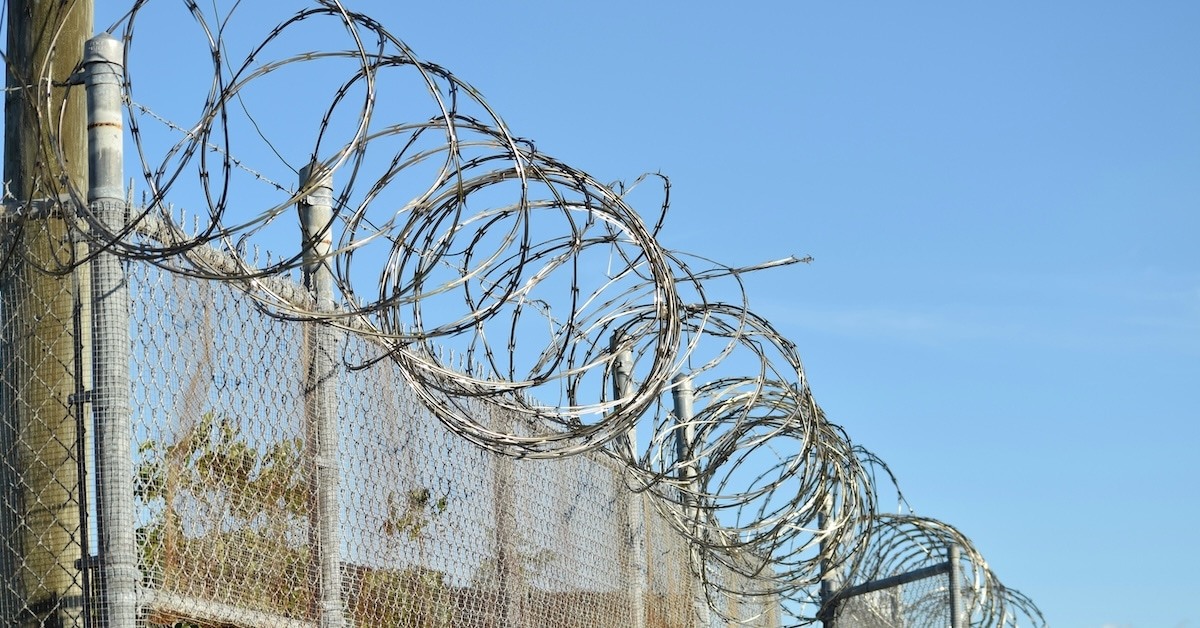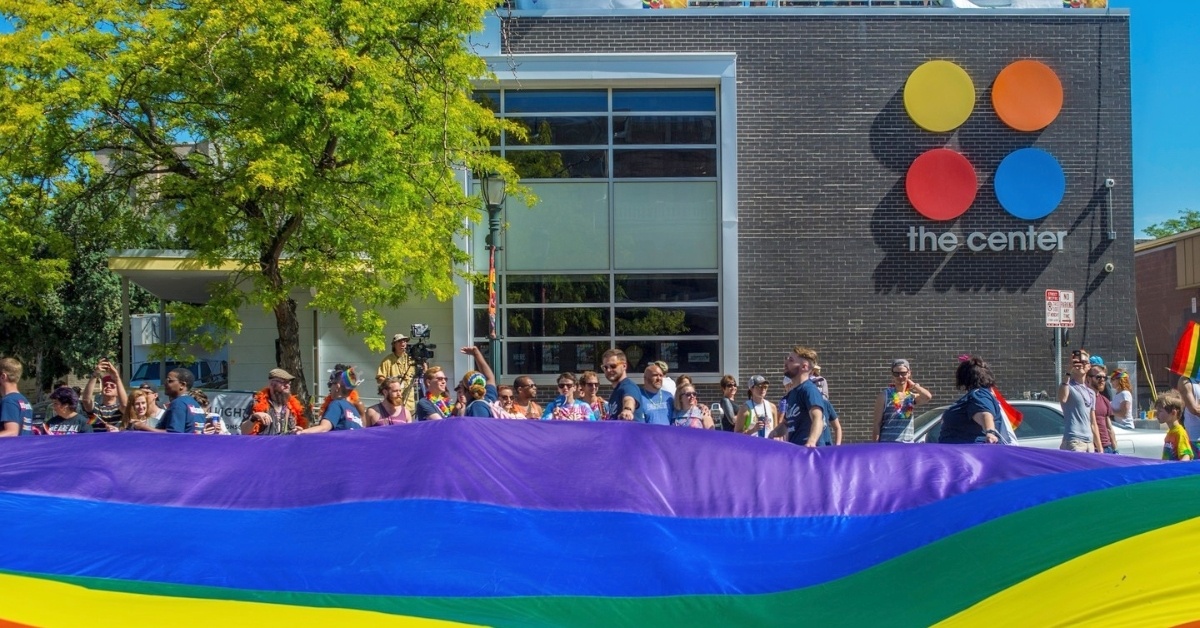BY: Nick Fulton
Published 4 months ago

A transgender girl being held in a male unit in Washington, D.C.’s juvenile detention system has been hospitalized after an altercation with other individuals at the center. The young woman reportedly sustained several injuries, including a broken jaw.
The incident occurred on the same night as other violent interactions between those held at the Youth Services Center in Northeast Washington, D.C. Five teenagers now face charges related to the assault.
According to the most recently available data, the facility where this incident occurred is over capacity by about 18 individuals. The facility reports a current population of 106 young people, 96% of whom are Black and nearly 90% of whom are under age 18.

The Increased Risk for Trans Girls in D.C.’s Juvenile System
Overcrowding in jails and prisons has been proven to lead to higher rates of violence in those facilities. This violence disproportionately affects individuals who already face a higher risk of harm. About 37% of incarcerated transgender people report being sexually assaulted in jails and prisons, compared to just 3% of the general population.
Washington’s Department of Youth Rehabilitation Services (DYRS) claims that it upholds an “LGBTQIA policy that was followed by facility staff.” That specific policy states that staff will provide care regardless of gender identity or expression and that the department will “protect youth from harassment and discrimination.” The department’s decision to place the trans girl in a male unit — and the subsequent reports of the attack — raise questions about its commitment to the policy.
Just 1% of transgender women in federal prisons are incarcerated in women’s facilities. For this reason, any form of incarceration or rehabilitation has a stark disconnect between gender identity and gendered units, making these spaces especially dangerous for trans people.
DYRS has launched a “full review” of these altercations. DYRS Director Sam Abed told a local news station that “These isolated incidents are unacceptable and are taken very seriously by our agency.” Abed emphasized the department’s “deep commitment to the safety, security, and well-being of every young person” in their care.

A Deeper Dive into the Violent Conditions at the Youth Services Center
The altercation involving the trans individual is not an isolated instance of concerning conditions in Washington’s juvenile rehabilitation system. In recent months, local officials have accused the Youth Services Center of poor-quality educational offerings. Other recent investigations point to a violent environment in the center. In fact, as many as 14 fights reported over a two-day period. These issues extend beyond social and programming environments as well. Last month, the detention center’s air conditioning went out during a heat wave, when temperatures reached nearly 100 degrees.










